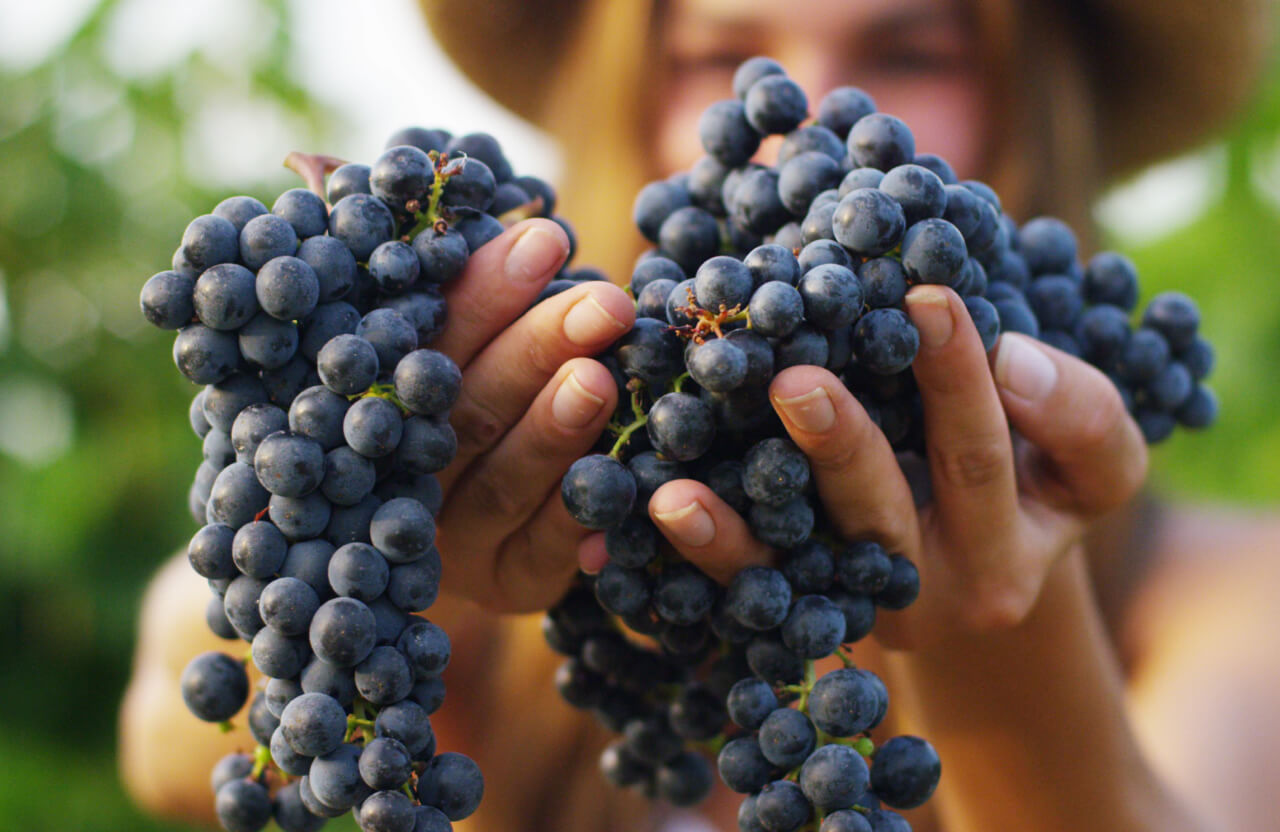
OPC – a miracle cure?
OPC is said to make you vital, beautiful and, above all, healthy – a true miracle cure. But what exactly is this oligomer proanthocyanid and why is it so good for us?
The abbreviation OPC stands for oligomeric proanthocyanidins, a natural active ingredient found in plants that belongs to the group of flavanols, a subgroup of polyphenols. Proanthocyanidins are found in many different fruits, nuts and plants, such as apples, peanuts, coconuts, cranberries and green tea. In fact, the OPC concentration is highest in grape seeds, which is why this vital substance is often equated with grape seed extract.
OPC was discovered in 1948 by Jack Masquelier during a study on the feedability of peanut skins. In animal experiments, he found that these skins contain active ingredients that have a positive effect on the treatment of venous diseases. He called this active ingredient OPC. It is a secondary plant substance that is found in particular in seeds, shells and bark and - like many other secondary plant substances - serves plants primarily to protect them from UV radiation, climatic conditions and predators, such as parasites.
Effective all-rounder.
OPC has a broad spectrum of effects in the body, which is why naturopathy is convinced that OPC can have a positive effect on health, well-being and appearance. The cosmetics industry in particular takes advantage of its involvement in the skin's collagen and elastin production, as well as its positive effect on hair growth, shine and fullness, which is why OPC is also known as "cosmetics from within". In fact, OPC has many other positive effects on health and impresses with its antioxidant, cholesterol-lowering, blood pressure-lowering, wound-healing, anti-inflammatory, antibacterial and anti-mycotic properties. Furthermore, cell studies indicate that OPC could inhibit tumor growth (1). Above all, however, the antioxidant properties stand out, with OPC being considered one of the strongest radical scavengers - significantly stronger than vitamins E and C, which otherwise lead to cell and tissue damage and thus also promote skin aging (2, 3).
The cosmetics and nutritional supplements industries have taken advantage of these positive effects and the product range is now correspondingly diverse. When choosing the right product, attention should therefore be paid to the quantity - the recommended daily dose for an adult is 150-500 mg - and the quality of the extract. Furthermore, the protective effect of OPC can be increased many times over with a vitamin-rich diet and at the same time OPC also increases the antioxidant ability of the vitamins. In order to benefit from these positive interactions, you should therefore always make sure that vitamin C is added to the grape seed extract.
- Gupta M, Dey S, Marbaniang D, Pal P, Ray S, Mazumder B. Grape seed extract: having a potential health benefits. J Food Sci Technol. 2020 Apr;57(4):1205-1215.
- Bagchi D, Bagchi M, Stohs SJ, Das DK, Ray SD, Kuszynski CA, Joshi SS, Pruess HG. Free radicals and grape seed proanthocyanidin extract: importance in human health and disease prevention. Toxicology. 2000 Aug 7;148(2-3):187-97.
- Shi J, Yu J, Pohorly JE, Kakuda Y. Polyphenolics in grape seeds-biochemistry and functionality. J Med Food. 2003 Winter;6(4):291-9.